This year Exercise Nordic Response formed one of the eleven sets of military manoeuvres that combine to create Exercise Steadfast Defender.
Collectively, it is the largest multi-national NATO exercise in a generation running for 5 months and involving some 90,000 personnel of which 20,000 are from the UK’s armed forces.
The scenario set for Exercise Nordic Response was that an aggressive adversary to the east had posed a threat and that NATO forces were responding to an Article 5 activation (should any ally member be attacked or invaded then the whole alliance will consider this an act of violence against all and react as one).
The raison d’etre behind the NATO force intervention would be to prove that the Alliance can keep open the sea lines of communication across the Atlantic.
According to a press release:
“Of course, this region of northern Norway has a history that runs parallel with the scenario. Just north of Bardufoss lies Kåfjord where the German battleship Tirpitz was sunk by Royal Air Force Lancaster bombers. It too posed the same threat to those lines of communication. Also, the same strategic transatlantic shipping lanes proved invaluable for the Arctic convoys when, with a pinch of irony, the allies kept Russia supplied with arms and equipment.
So, Exercise Nordic Response was predominantly a naval based exercise set around an UK-Dutch Amphibious Task Group with the Royal Navy providing the carrier-based strike capability from HMS Prince of Wales all working to a joint NATO military headquarters.
Providing the helicopter support for the amphibious manoeuvres was the UK based Aviation Task Force 2 (ATF2). This is a force designed for littoral operations (from sea to land combat) generated by its parent unit, the Joint Helicopter Command. A combination of both Army and Royal Navy helicopter units, ATF2 comprised of the Apache attack helicopters of 656 Squadron, Army Air Corps, the Wildcats of 847 and the Merlins of 845 Naval Air Squadrons (NAS).”
You can read more on this here.


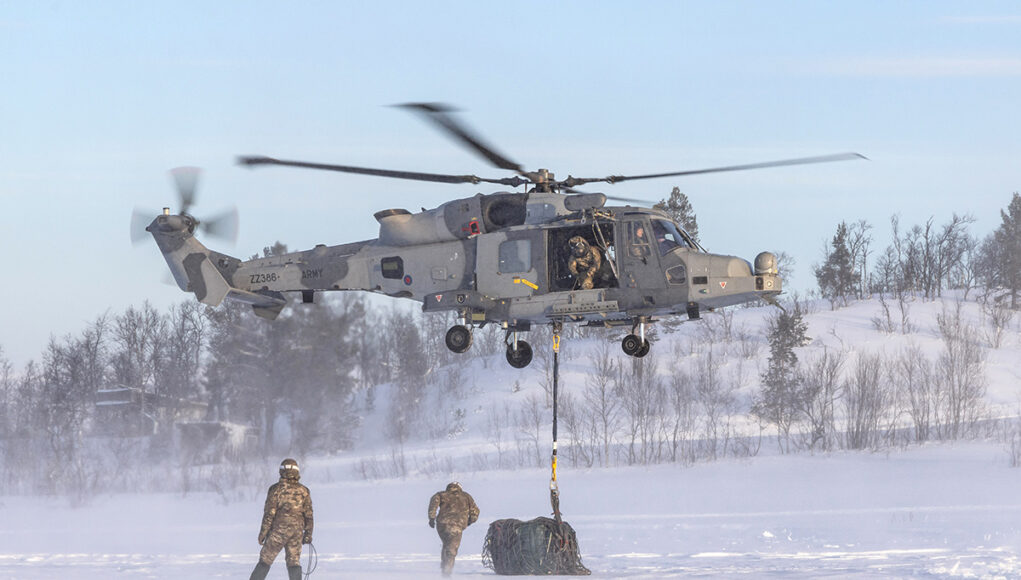
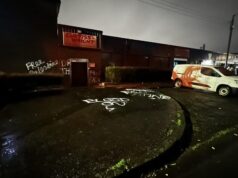
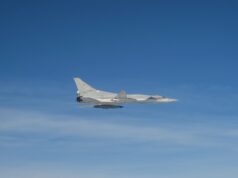
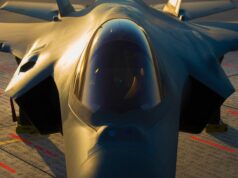

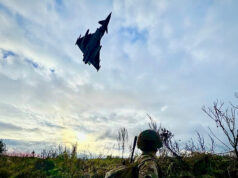
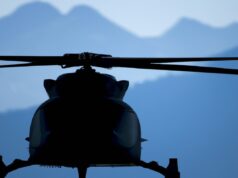
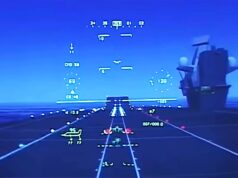
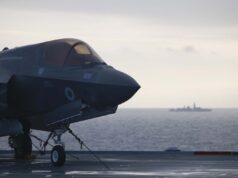

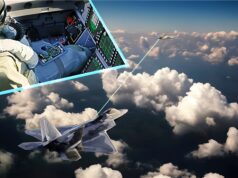

The Army Wildcat will certainly bring, err, well an airborne Gimpy and four blokes to the fight I guess, really why bother humping it to Norway….
Bloody pointless white elephant, get them upgraded with actual weapons, or get them sold off and buy something with some actual bite or god forbid, some genuine scouting capability….
I was waiting for you to post on this mate!
I’m afraid it does make my piss boil mate…
My phone’s news stream picked up a story in the FT regarding the ‘new model’ of procurement some days back.
On one hand, it says ( I’m assuming with the exception of nuclear and warships), that new procurement would be put to the lens of exportability.
You would think this would kill programmes like Wildcat ( a bespoke helicopter design that was patently so very specialised and expensive that exports of any potential would be negligible) as soon as someone stood up at a meeting and said “what about this Leonardo design then” ?? to a Lynx replacement.
But …. The article goes on to particularly reference future helicopter procurement and the need to retain a national capability!
One can only assume an Italian national capability???
So, as ever, it’s reform ‘but’ with the cavieat that whatever happens, sod the cost implications , Leonardo gets the order, it’s virtually written into the bloody procurement plan!!!
God bless those wonderful non executive board position retirement plans….
Have them passed over to the RN and as you say upgraded to the same RN state with real weapons that will actually support the fight as well as provide better eyes on both at sea and ashore. Happy to keep a few green jobs flying them but in the end the RN does operate the lions share of them as 847 NAS use the Army version and have qualified it all to the standards its expected to operate so let them have them too. 🙂
Totally agree Angus, actually give them a point, or hand over some to the RN for upgrading and sell the rest.
If the Army actually require a simple light utility Helicopter, then just buy something affordable off the shelf, that can actually carry 8/9 troops or a reasonable underslung load.
Failing that, go slightly bigger and put in a substantial UH-60 order that would also cover the Army Wildcat replacement.
Aside from the fact that helicopter scouting is now old hat and it’s shifting into drones internationally, Wildcat never was fitted with any dedicated scouting equipment, mast ect and would literally be shot out of the sky if employed in the role in wartime.
You only have to look at Ukraine or the fact that the Americans have cancelled their future helicopter scouting programme.
It’s utter nonsense claiming ‘scouting capability’ in the Wildcat, in anything but totally benign conditions….
Do they think we are really that stupid?
Yes pass them over to the RN and make them the same as the rest of the hard working Fleet, will allow the Fleet to go on longer and pass a few out to others. The Army needs killing machines so a few more Apache’s for a third Regiment would be welcome as they have no armour in numbers to talk of and a Utility helo that can move numbers of troops around under the Army control. The RAF Puma fleet which cost £300Million to update is now down to a bare Squadron (half the number updated), what a waste when the Sea Kings would have been a much better choice and in numbers worth having. Ah well we can talk but those sitting in their ivory towers will never make a sensible decision as long as they draw breath….. The Annual Invasion continues and soon we will be a minority in our own country!
Oh don’t mention puma. Some upgrade. Totally different airframes put together somewhere else.
Now down to a squadron. That upgrade money should have been used to get new helicopters with medium helicopter program. Would have created a production line in the uk that could be filling orders still today